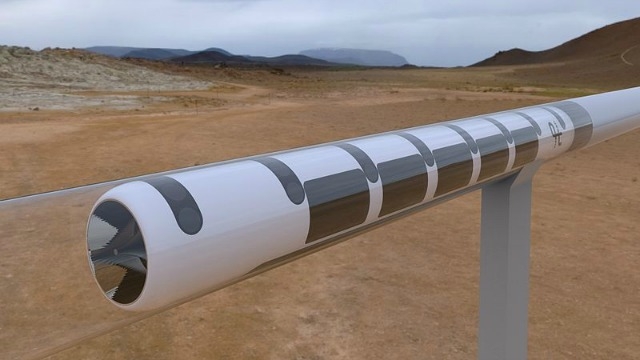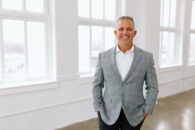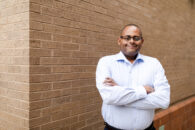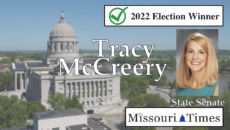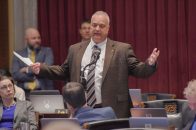KANSAS CITY, Mo. — An American company is considering “breaking the boundaries of traditional transportation” in Missouri and, with a feasibility study complete, it is one step closer to reality.
There is still a lot of work to be done, noted Diana Zhou, the Director of Project Strategy at Virgin Hyperloop One. Determining that a high-speed Missouri Hyperloop route connecting Kansas City to St. Louis in about 30 minutes was feasible was just one step.
Now the conservation moves to the ergonomics.
“There is a lot of work to be done in creating the first new mode of transportation in over a hundred years,” said Zhou.
She traveled to Kansas City over the weekend to join a discussion showcasing Kansas City as “America’s Blueprint for the Future.” At South by Southwest, Zhou joined Ryan Weber, President of KC Tech Council; Christine Murray, the Senior Vice President and Managing Director at Fenaroli & Associates; and Drew Thompson with Black & Veatch to talk about transforming travel and the Hyperloop impact.
A mode of high-speed ground transportation has yet to be successful in the United States, but Zhou thinks Virgin Hyperloop One has the ability to succeed. They are an American-based company connecting with American companies, and technology has progressed significantly in the last couple of decades.
A Hyperloop connecting St. Louis and Kansas City has the ability to transform the economic landscape in both cities and the surrounding areas, according to Zhou.
“The corridor that we are looking at in Missouri, connecting Kansas City to St. Louis, could phenomenally change what the economic region would look like,” said Zhou. “You can essentially create a whole new economy by moving these cities closer together virtually.”
A Hyperloop would make it possible to travel between Missouri’s two largest cities in just 30 minutes. That would allow businesses to easily have offices on both sides of the state, for individuals to live in one while working in the other, or for a person to live in one and start a business in the other.
And with Columbia housing the University of Missouri, only a 15 minute ride from either city by Hyperloop, it provides incredible accessibility and benefits, according to Zhou.
She did caution that there are still some challenges ahead to building a Hyperloop in Missouri.
“Like any big infrastructure project, it takes a lot of players. It involves a lot of different parties and we need a lot of support from both the public and private sector,” said Zhou. “There are a lot of things to do ahead.”
A Missouri Hyperloop is not a done deal.
They need to do a much deeper analysis of the environmental impacts, of how people really feel about bringing people Hyperloop to Missouri, and government support — particularly on a local level.
They also need to pull together stakeholders from the public and private sector to see how they can implement this project. Zhou noted that a project like this would require a lot of different companies to help make the Missouri Hyperloop a reality.
A big challenge is figuring out a way to weave Hyperloop into the existing transportation landscape. Building a completely new mode of transportation is no easy task, she noted.
“That’s what makes this so exciting, what we are doing is, we are really breaking the boundaries of traditional transportation and traditional infrastructure. We are creating something entirely new,” said Zhou. “We are really looking forward to making this happen in Missouri.”
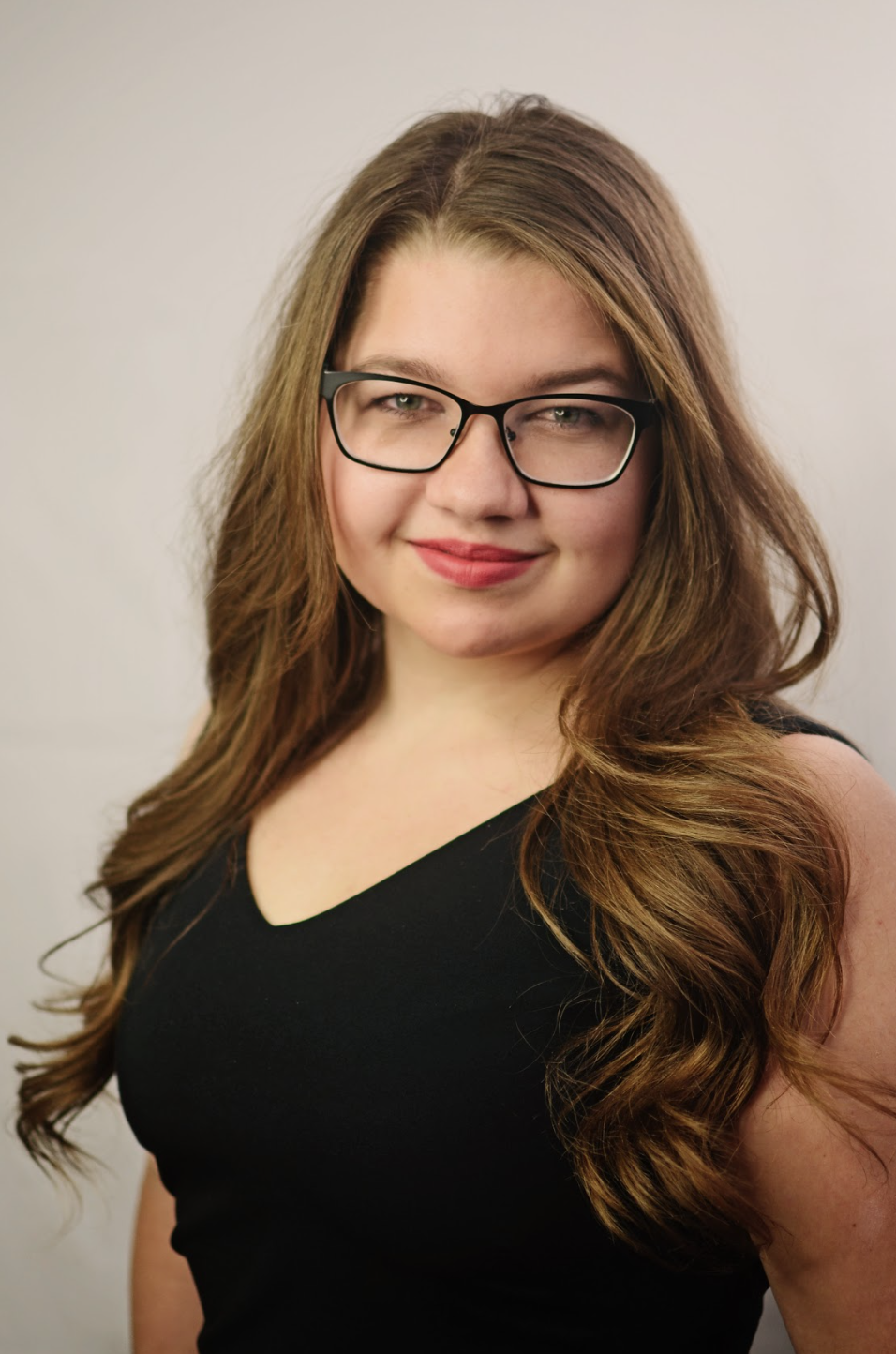
Alisha Shurr was a reporter for The Missouri Times and The Missouri Times Magazine. She joined The Missouri Times in January 2018 after working as a copy editor for her hometown newspaper in Southern Oregon. Alisha is a graduate of Kansas State University.

